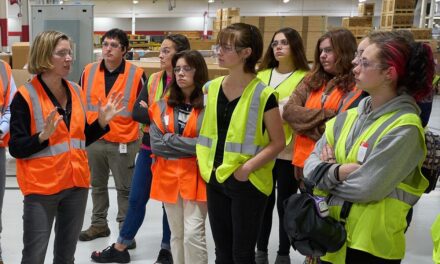 Policymakers agree that it is important to support low-wage workers in today’s volatile economy. But first, they must have a clear understanding of the group they are trying to help.
Policymakers agree that it is important to support low-wage workers in today’s volatile economy. But first, they must have a clear understanding of the group they are trying to help.
Research by the Urban Institute’s WorkRise network revealed six characteristics of low-wage workers.
About a quarter of workers (around 30 million) are low wage. Researchers defined low-wage as two-thirds of the median wage of workers in their prime working years of ages 25 to 54, or $17 an hour. A person working full time at that threshold makes about $35,000 a year. Low-wage workers also receive fewer benefits compared with their higher-earning peers
Women comprise more than half of the low-wage workforce. The median hourly wage for women is more than $4 less for women than for men, with women earning 83 cents for every $1 earned by men. The gap widens even further when broken down by race and ethnicity. Black women earn 62 cents and Latina women earn 54 cents for each dollar earned by white men.
Racial and ethnic disparities persist among pay and job type. Over his lifetime, the average white man will earn $2.7 million, compared with $1.8 million for a Black man, $1.3 million for a Black woman, $2 million for a Latino man and $1.3 million for a Latina woman. Furthermore, every $1 in income translates to $5.19 in wealth for white people but only 69 cents for Black people.
Low-wage workers in their prime working years skew younger. Low-wage workers are almost as likely to be older as younger. Among workers earning the federal minimum wage, 88% are 20 or older, with an average age of 36. For workers in their prime working years, those earning low wages skew only slightly younger than the workforce overall. People between the ages of 25 and 34 comprise 34% of the overall workforce but 39% of the low-wage workforce.
Education plays a big role in potential earnings. A person with a bachelor’s degree earns 84% more over a lifetime than someone with only a high school diploma. College degrees are less common for the low-wage workforce, with only 23% holding a college or more advanced degree. Three-fourths of low-wage workers have a high school degree or less.
Low-wage workers are concentrated in service and manual labor industries.
The industries that account for the highest share of low-wage workers are agriculture and food services, comprising 17% of the low-wage workforce. Other service and manual labor jobs also employ a large share of low-wage workers, including retail, health care and waste management.
“As policymakers continue to build America’s workforce, supporting low-wage workers remains a vital and necessary avenue for creating a more equitable economy,” the research report concluded. “With so many misconceptions about the who is in this labor force, the first step to improving working conditions is knowing who to help.”




